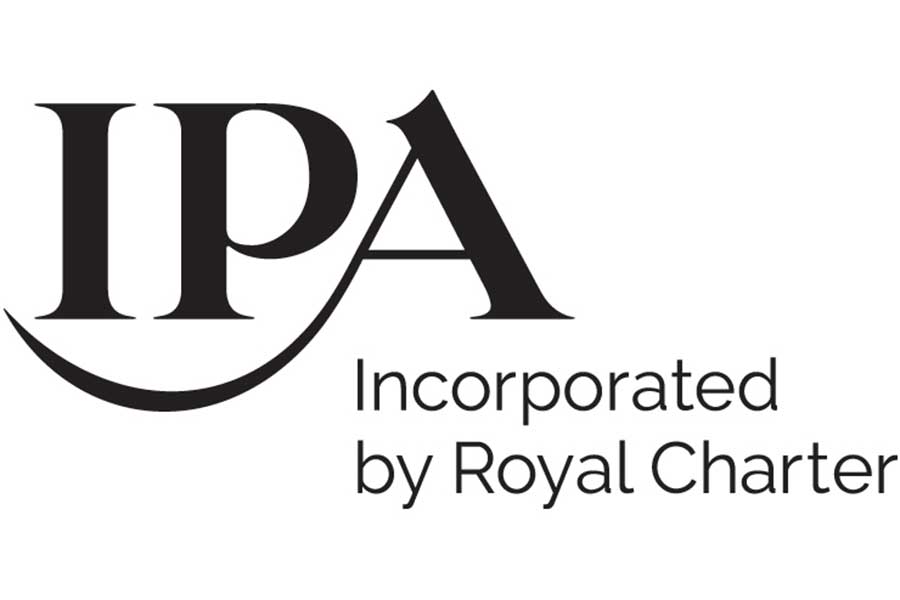By Suzana Lay, Planning Director, The Grove Media
Be smart to make your budget go further in 2025
For many marketers, maintaining or increasing spending is a valiant battle and they want that budget to go further once it’s secured. This year was tough and the pressure will still be on in 2025 for advertisers. So, to drive real world value from your media budget in 2025, we recommend focus in three critical areas.
Work with an agency focused on delivering value for money. Maybe it’s bespoke research, or tech consultancy, but it’s certainly making money go further. Demand smart planning, savvy buying and a relentless focus on the data to squeeze every last drop of ROI.
Demand outstanding real-world service. One size does not fit all, so insist on client-focused teams and multi-discipline talent. Smaller agencies win hands down when it comes to flexible, agile, always-on service.
Make spend work harder through innovation. AI is making creative production more efficient and enhancing media optimisation. Attention metrics are helping to show the true value of TV, and addressable technology is improving targeting and attribution.
Drive effectiveness as well as efficiency with AI
This year, AI has been all about efficiency but in 2025, the benefits of AI will extend further into advertising effectiveness, across creative, targeting, measurement and campaign optimisation. No need to wait for up to 30 days to gather the data for optimisation – now with AI you can rapidly identify users that are likely to convert. With AI, it will be much easier to reach the right consumers cost effectively and build a consideration funnel.
AI is supercharging creative effectiveness beyond aesthetics and enables advertisers to achieve their specific goals from sales through to engagement and awareness. AI technologies increasingly enable advertisers to truly match contextual targeting and creative at impression level. By understanding semantics, sentiment and intent behind content, AI technology continually improves the ad experience, targeting and drives result. Studies have shown that you can now achieve up to 40% increase in ad memorability, 370% increase in brand favourability and 390% increase in purchase intent. You can drive effectiveness with AI across all digital platforms, but the use cases are greater in programmatic where you can drive results at scale.
Diverse media plans will be more important than ever
In 2025, we will see audiences spread across what will arguably be the most highly fragmented media landscape we’ve ever seen, with no signs of slowing down. In TV, according to the IPA, live and recorded TV’s share of the commercial media reduced from 42% to 25% between 2015 and 2024, squeezed by the array of new BVoD and SVoD channels, which have grown their share from 3% to 13%. While audio’s share of commercial media has remained largely the same going from 12% to 13% in this period, this now includes all the new players in on-demand radio, podcasts and streamed music. Advertisers will need to invest in diverse media plans to reach fragmented audiences and maximise overall campaign performance in both the short and long term. And a smart combination of digital and non-digital media will have the greatest potential for brand building.
Use lower funnel media to deliver higher funnel awareness
You probably know about the big-name DTC brands like Just Eat, that maxed out on lower-funnel selling and had to start investing in upper-funnel brand building to tap into new audiences. But we’re starting to see a reversal in this trend. In the coming year, media associated with lower funnel response-driving will be increasingly used for higher funnel marketing. Why? Because traditional media is becoming ever more digital, and newer digital media is becoming better at the things associated with traditional media. Take home interest brands as an example. A lot of these brands, particularly single category retailers, who have traditionally invested in mid-funnel awareness and consideration, are now using the likes of CTV and VOD to showcase their high-quality assets and drive mid and upper funnel awareness. What makes this switch even more compelling is that, in a very response/ sales-driven market, you can actually track the effectiveness of these campaigns. Digital platforms focused on attribution are now supporting measurement for awareness-driven campaigns, making it easier than ever to connect the dots.
Why you should be targeting the 55+ audience
While many brands will continue to chase after the increasingly elusive youth/ early adopter/ 16-34 audiences in 2025, it’s clear from the IPA’s recent ‘Making Sense’ report, that the 55+ audience will represent the biggest untapped opportunity in media. We’re seeing substantial growth in 55+ consumption of the digital counterparts of ‘non-digital’ media. For example, commercial live/recorded TV has gone from a 97% reach in 2015 to 90% in 2024, while in that same time period, commercial BVoD has grown from a 14% weekly reach in 2015 to 36% in 2024. On top of that, commercial SVoD has already notched up a weekly reach of 9% for the 55+ audience. This older cohort displays very different media behaviour from other generations, so our view is: get wise and tap into the spending potential of the 55+ audience.
Photo by BoliviaInteligente on Unsplash










